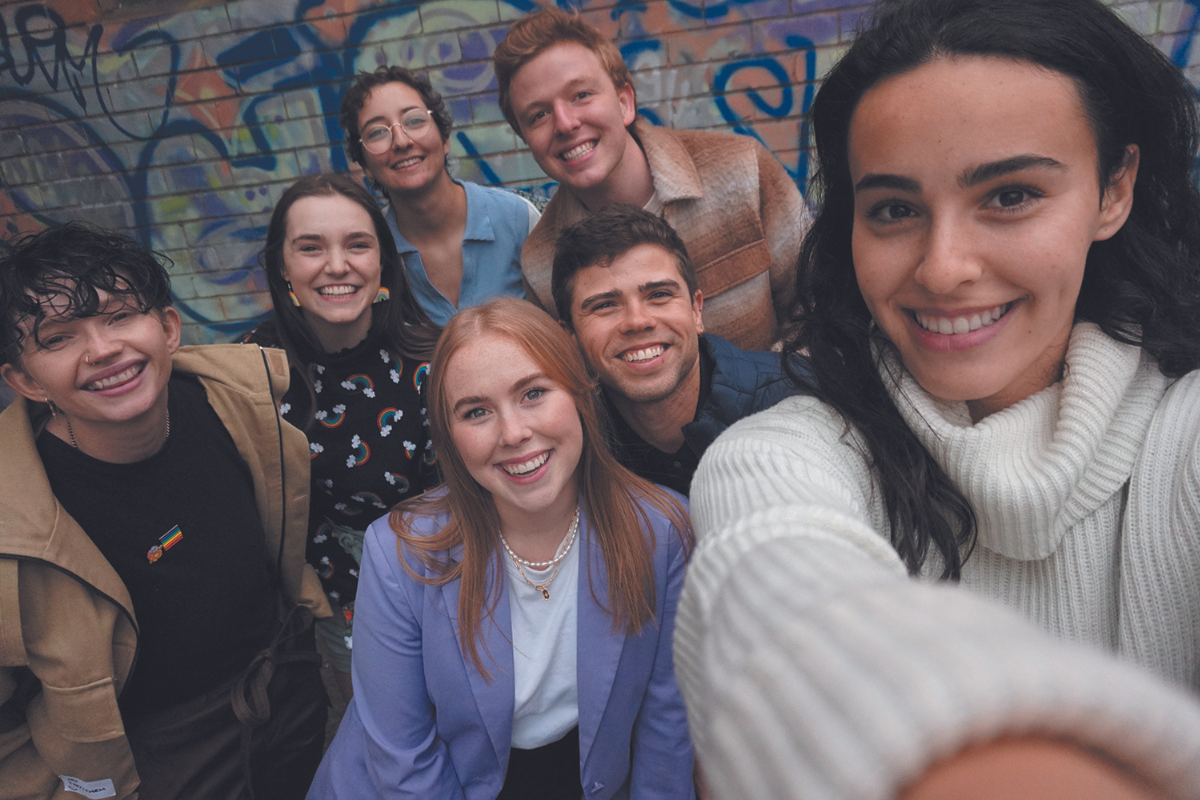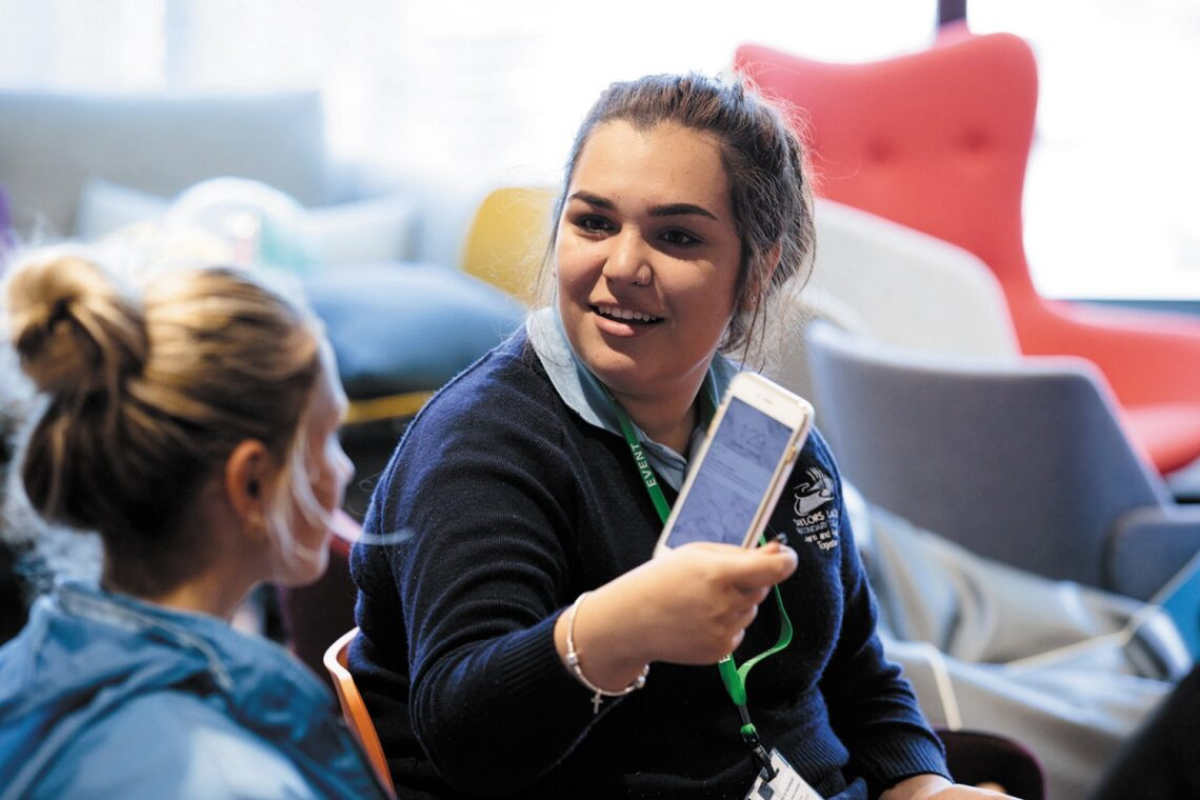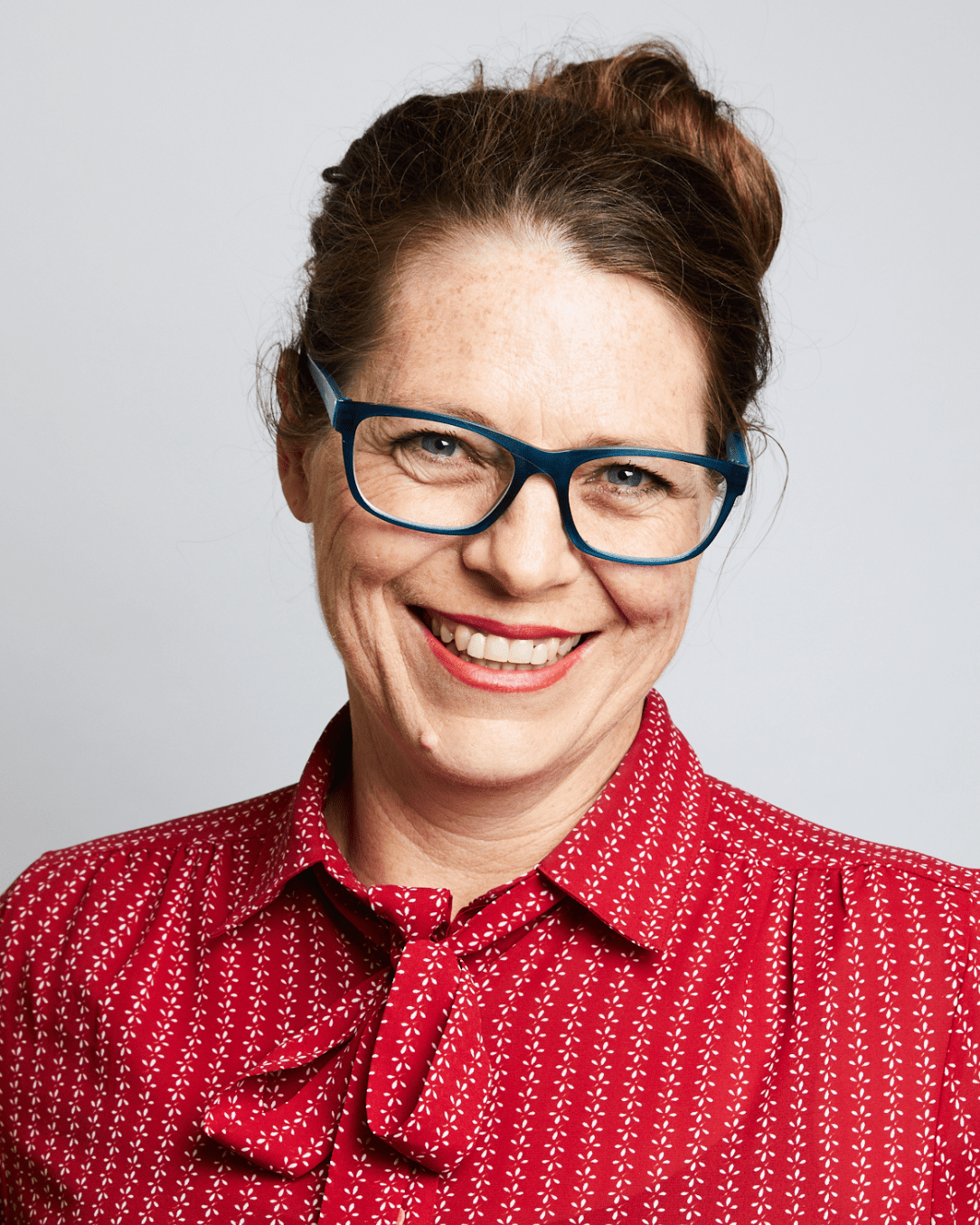You can search for courses, events, people, and anything else.
"Rapidly evolving computational technology is a juggernaut that brings many concerns about the safety of children and young people who are interacting with it," says Professor Amanda Third, who is co-director of the Young and Resilient Research Centre (Y&R) at Western Sydney University. "Yet together with those risks, digital technology offers young people incredible opportunities. It’s a fine balancing act."
The pace has further intensified since the arrival of generative AI. "It’s hard to get ahead of the curve and put mechanisms in place to protect children and young people," she explains. "But there is one thing we know that works."
Y&R researchers have taken an inclusive approach to reimagining online safety education — involving children and young people as co-researchers and rebuilding current protocols together, from the ground up.
EMPOWERING YOUTH
Third explains that this approach balances risk management with the encouragement to make full use of the functionality that technology puts in the hands of young people. The challenge is finding experts who can navigate this rapidly changing landscape, but to the team at Y&R, it’s obvious who is best qualified.
"When we try to keep children and young people safe, we have a limited set of strategies to call on when we try to educate them," Third says. "But they know much more than we give them credit for."
So Y&R has enlisted young people to help explore the risks and opportunities present in digital environments, and to develop a framework for online safety education. Young people are playing an active role in keeping themselves and their peers safe — work that has attracted funding from the office of Australia’s e-Safety Commissioner.
"It’s not research about young people, it’s research with young people," says Third.
Rather than sticking to traditional research methods, the team use a novel methodology. One thing that’s clear is that the process of seeking the opinions of children and young people can’t be hurried. "We create space for them to develop their opinions and find the language to articulate them. Often, we ask about something they know a lot about, but they may not have had to articulate those opinions before," Third says.
Y&R also team up with partner organisations working in youth advocacy, to engage with children and young people from all walks of life, including those who are passionate about research, but also vulnerable and marginalised children whose opinions are often not heard. Their projects use artistic and play-based methods to get the creative juices flowing. These include drawing, building collages, answering quizzes and conducting interviews amongst themselves.
Lucy Thomas is CEO of partner organisation PROJECT ROCKIT, based in Collingwood, Victoria, which was integral to the development of the online safety education framework.
"Young people tend to find the advice they receive paternalistic and patronising. They do have concerns about safety, but the conversations being had didn’t include them or weren’t relevant to them," Thomas says. "But the way that Y&R centred the agenda on the youth voice, and listened to grassroots organisations like us, they’ve created novel, unique and compelling evidence to support the community."
Third explains that engaging with children and young people, and centring their ideas and experiences in research, is an approach that should not be underestimated, "otherwise you risk missing important things, or imposing adult perspectives," she says.
The result has prompted a shift in focus for education around online safety. To date it has typically centred on extreme events — bullying, identity theft, extortion of intimate images — whereas children and young people are much more interested in everyday problems: the dynamics of their friendship groups, misunderstandings within them, and defining their boundaries.
Y&R’s findings, Reimagining Online Safety Education through the Eyes of Young People, informed the creation of a PROJECT ROCKIT video library, featuring young people, to help teachers design online safety lessons that are relevant in real life. The video library builds core competencies, such as critical judgement, resilience, and communication skills, rather than addressing specific situations.
SAFEGUARDING THE FUTURE
Young people who are involved in developing the online safety framework explain that online spaces are a place they can hang out with friends freely. "I feel like the online world can actually help people be more outgoing," says one young participant. "You can create like this safe positive place," says another. Children and young people have a sense of safety and are protective of their friends and their community. Except for a very small minority, they are sensible around risks.
Importantly, children and young people have a sense of agency in the online world, says Third. For example, they feel a kind of partnership with a platform’s algorithm. Whereas an adult might frame the habit of scrolling past unwanted content as 'doom-scrolling', children and young people feel they are training 'their' algorithm to deliver the content that they want and they feel will be good for them. As one participant puts it, "so many people forget that your phone works for you, you don’t work for your phone."
"I’m frequently stunned by the depth of insight children and young people bring to some of the questions we’re solving. They blow my mind," Third says.
"That makes me really optimistic about the future — even though I’m deeply aware of the huge challenges," she adds. "We’re grappling with what it means to be growing up in today’s world."
Meet the Academic | Professor Amanda Third
Professor Amanda Third (PhD) is Professorial Research Fellow in the Institute for Culture & Society; Co-Director of the Young and Resilient Research Centre at Western Sydney University; and a Faculty Associate in the Berkman Klein Center for Internet and Society at Harvard University (2020-2023). An international expert in youth-centred, participatory research, Amanda’s work investigates the intersections between children's and young people’s technology practices and their mental health and wellbeing, focusing on marginalised groups and rights-based approaches. She has led child-centred projects to understand children’s experiences of the digital age in over 70 countries, working with partners across corporate, government and not-for-profit sectors and children and young people themselves. She led the children’s consultations for and co-authored the UNCRC General Comment 25 on Children’s Rights in relation to the Digital Environment, as part of a team lead by Prof. Sonia Livingstone (LSE). She is a Program Co-Leader in the Centre for Resilient and Inclusive Societies; and lead author of Our rights in a digital world: A snapshot of children’s views from around the world (5Rights Foundation, 2021); Young and Online: Children’s Perspectives on Life in the Digital Age (UNICEF, 2017) and Young People in Digital Society: Control/Shift (Palgrave, 2019).
Credit
Future-Makers is published for Western Sydney University by Nature Research Custom Media, part of Springer Nature.
© Karolina Grabowska/Pexels






